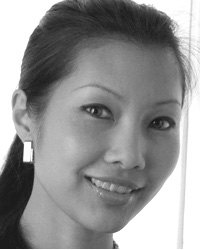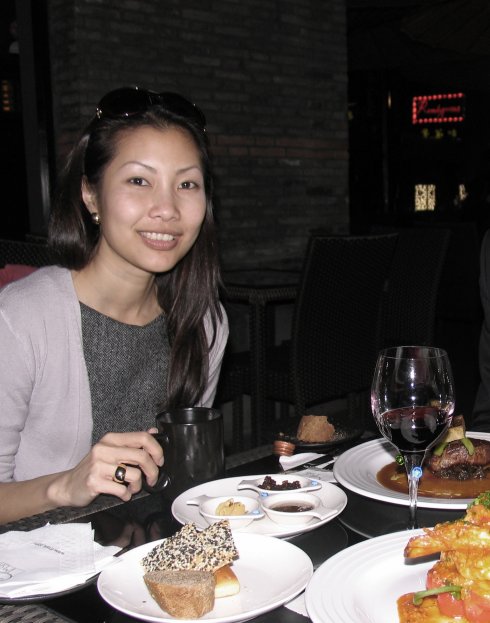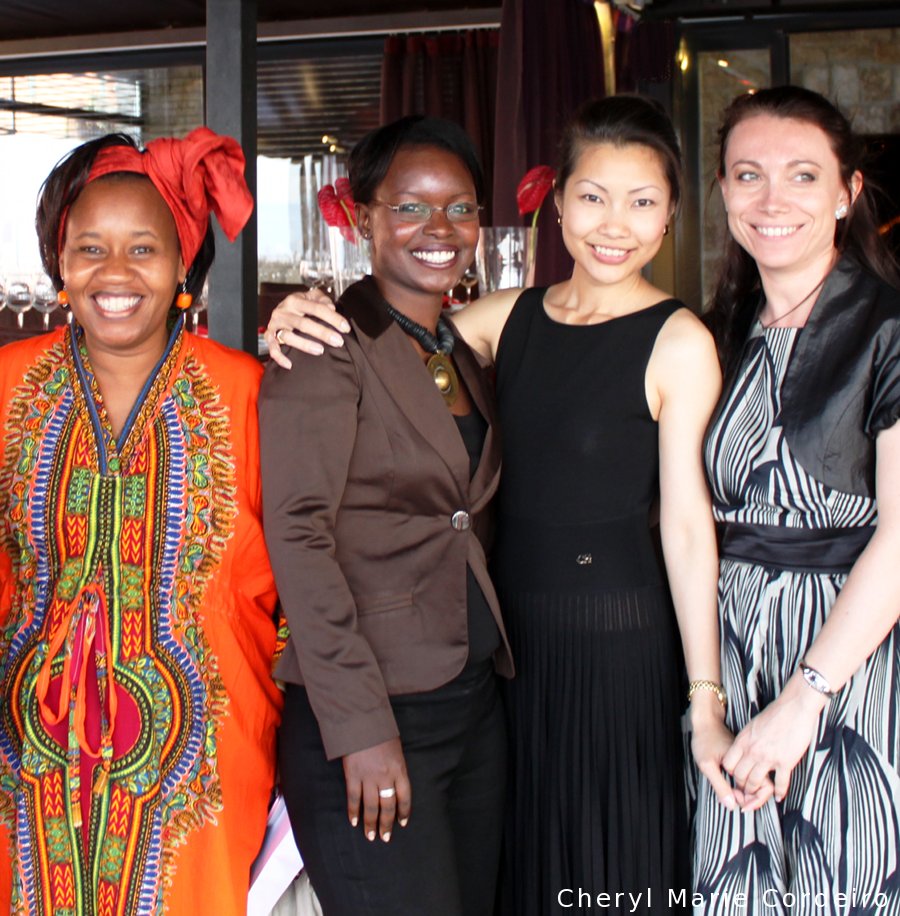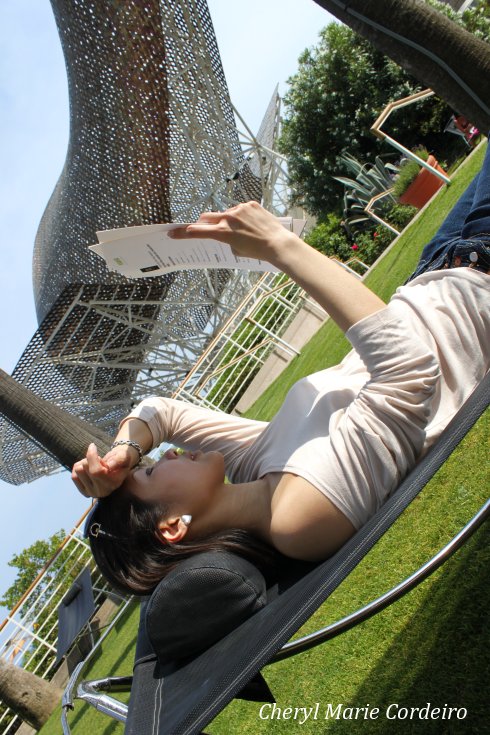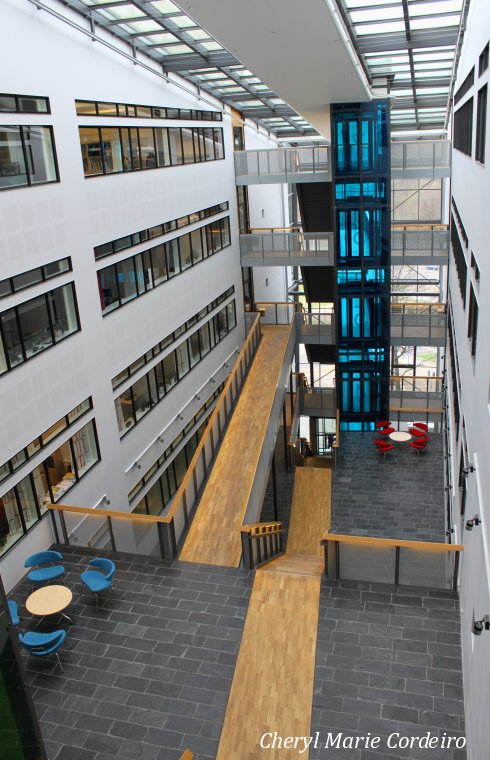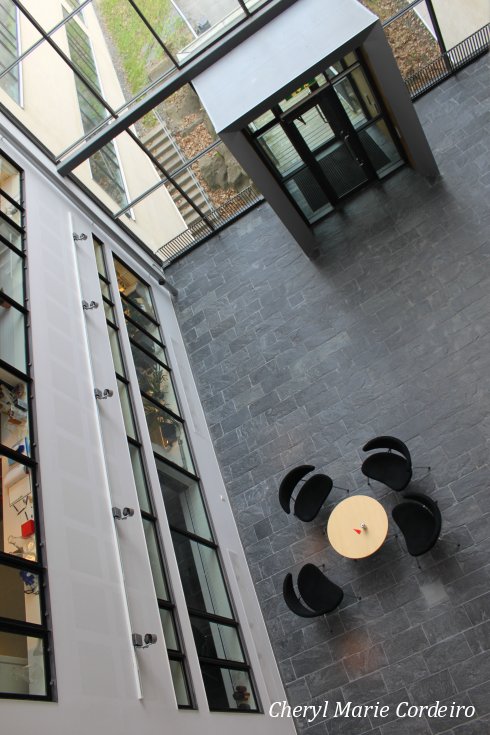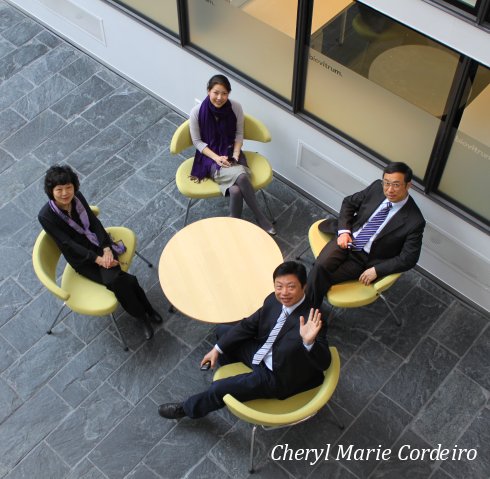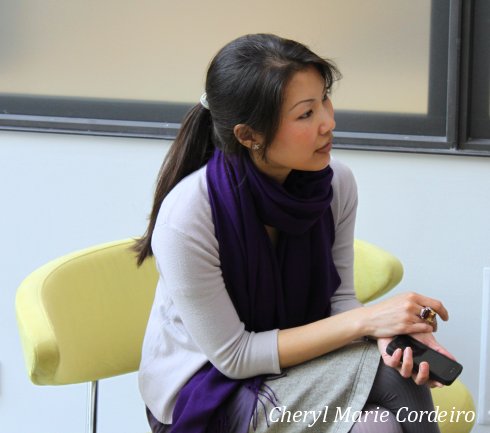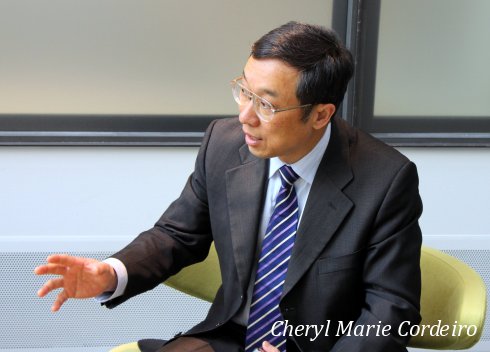‘The World’s First Diamond Ring’ by Shawish Jewellery, Geneva.
Text © JE Nilsson and CM Cordeiro 2012
Anyone with a latent interest for absurdly expensive things would have noted the Shawesh brothers of the the Swiss Shawish Jewellery company unveil their 150 carat laser-cut ‘all diamond’ ring at the recent prestigious BASELWORLD watch and jewellery event in Zürich, 2012. Their actions, at a time when world news is dismal with civil unrest and a massive earthquake hitting Indonesia, that brings forth uncomfortable memories, in a stroke of genius in their world, re-defined the concept of something as superfluous as a ‘diamond ring’.
Even with modern techniques, the cutting and polishing of a regular diamond crystal would result in approximately 50% loss of its weight. With this ring from Shawish Geneva the staggering weight loss in itself would break the hearts of many brides-to-be.
But therein lies the very definition of luxury from the point of view of the surreal.

